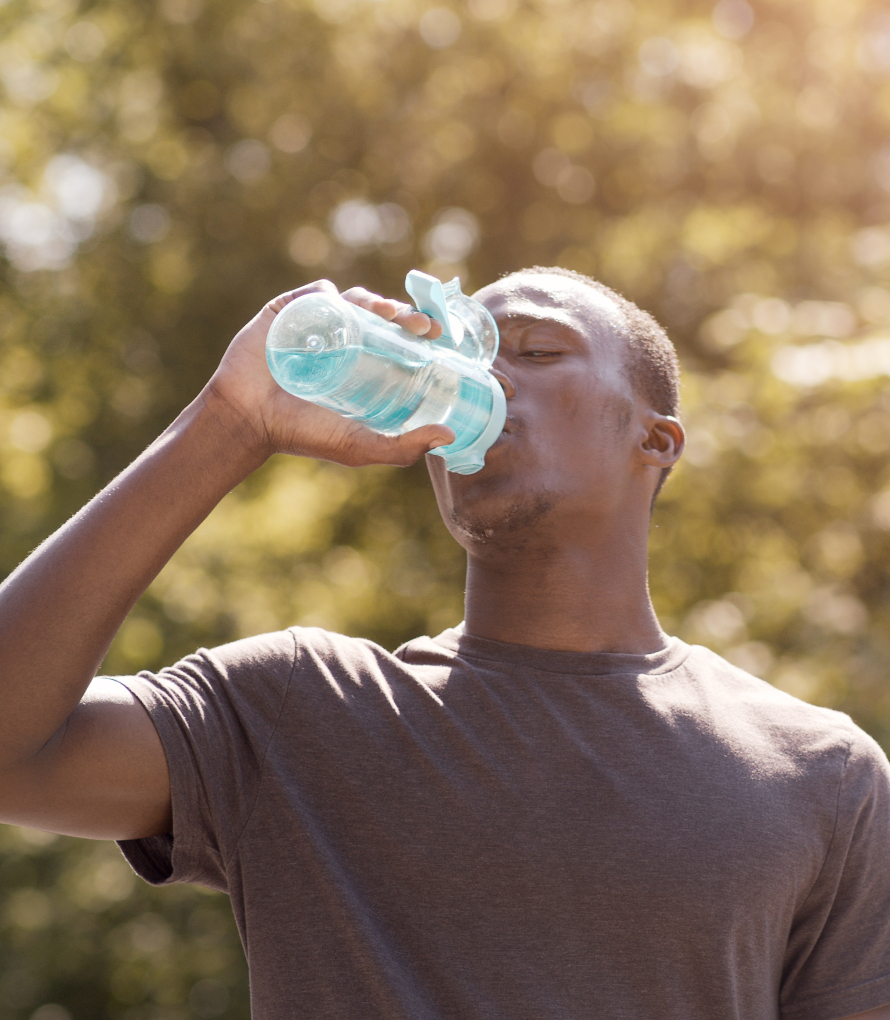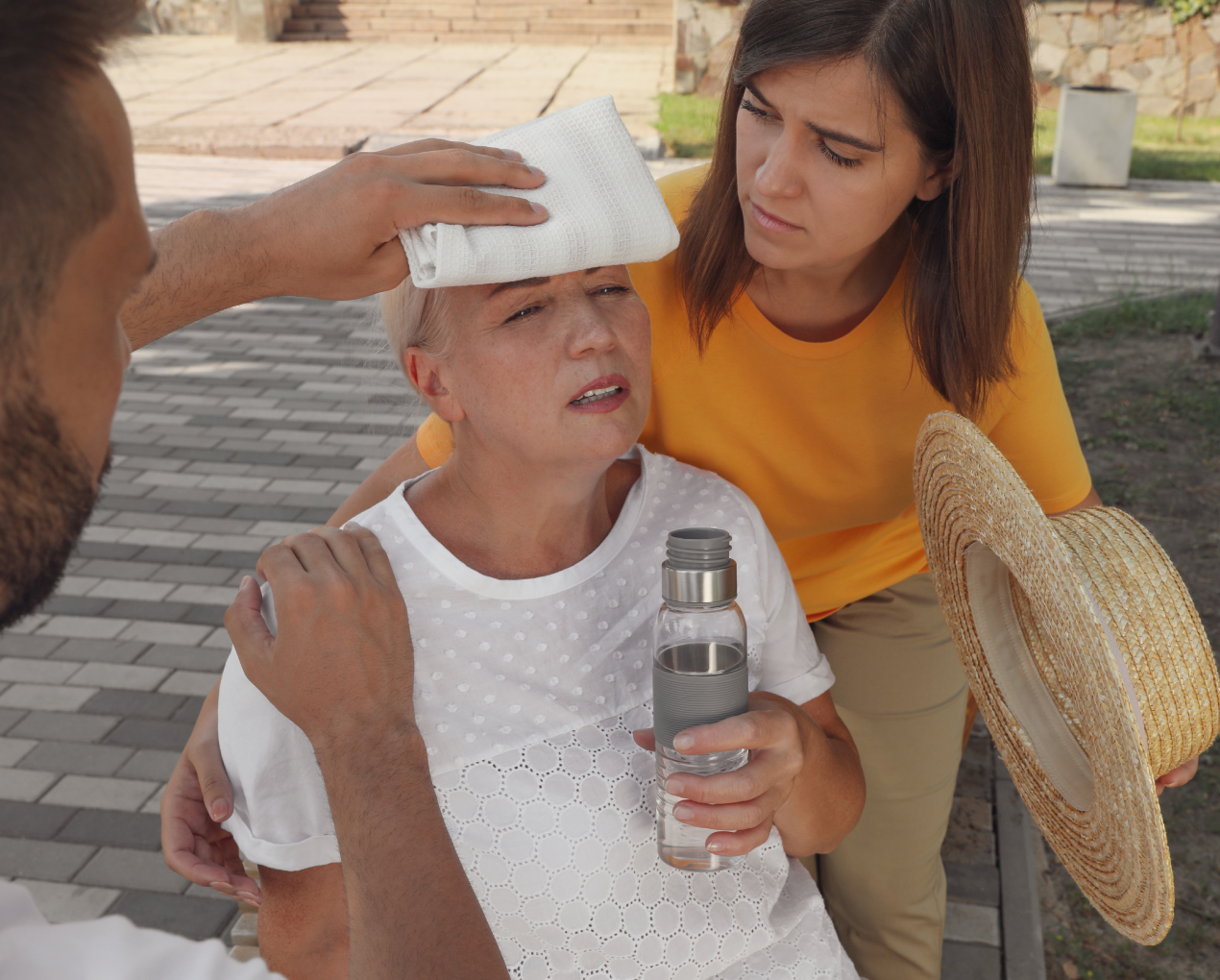Extreme Heat


Overview of Research
Extreme heat is a public health threat that can result in illness and death. It is responsible for the highest number of annual deaths among all weather-related hazards. In Florida, heat waves have been increasing in frequency, intensity, and duration for many locations (Keellings and Waylen 2014; Cloutier-Bisbee et al. 2019). With continued warming, Florida is expected to see an increase in the number of hot days, when maximum temperatures exceed 95°F, as well as the largest increase in the summer heat index in the nation, between 8°F and 15°F by 2055 compared to the 1901–1960 average (Runkle et al. 2017).
The Florida BRACE program developed a priority hazard profile on the Health Effects of Summer Heat in Florida, as well as a case study summary of the 1998 Extreme Heat Event in Florida. The Florida Climate Center, a Florida BRACE partner, has additional information about humidity in Florida and its effects on the human body.
The Florida BRACE team works on heat and health across the state to help communities prepare for and respond to increasing extreme heat risks. Program Director Chris Uejio has worked with Miami-Dade County’s Chief Heat Officer and Climate and Heat Health Task Force to develop two reports examining extreme heat in the county. The first report identified areas of the county and segments of the population most vulnerable to heat-related illnesses. The second report estimated excess deaths that occur during extreme heat events and the conditions that are associated with excess deaths. These reports directly informed MDC’s Heat Vulnerability Assessment.
The Florida BRACE team is further evaluating Rule:59A-4.1265 – Emergency Power Rule (EPR), which was passed shortly after Hurricane Irma crippled Florida’s power grid and exposed healthcare deficiencies. As a result of power outages and high heat following the storm, twelve nursing home residents died from high indoor heat exposures. Florida BRACE is assessing the EPR and how nursing homes across the state are adapting to extreme heat and storms.
The EPR is the nation’s first statewide law requiring nursing homes (but not independent or assisted living faculties) to have sufficient backup power to support air conditioning. According to the EPR, indoor temperatures must remain below 81°F for 96 hours in a sufficiently large area to accommodate residents. Although limited in scope, the rule codified the nation’s first indoor heat exposure standard.
Relevance
This work supports evidence that areas with the highest heat-related illness rates tend to be in areas with hotter urban heat islands. Populations that are the most vulnerable to heat include outdoor workers, indigenous people, people living in poverty or in mobile homes, and those in households with children. This previous work further showed that “everyday” heat in summer – more than rare heatwaves – can increase the risk of heat-related deaths. Miami-Dade County is using this data to understand which neighborhoods are most at risk to inform and target future efforts to mitigate heat impacts.
Related Work
Drs. Uejio and Holmes frequently work with local health departments to understand, prepare, and adapt to extreme heat and other climate-related disasters. Select examples of this work include:
- Uejio, C. K., J. Gilbert, Y. Ahn, L. Martella, L. Hu, and J. Marturano. (2024). Rapidly Developing a Community- and Evidence-Based Heat Action Plan. Bull. Amer. Meteor. Soc., 105, E848–E863, https://doi.org/10.1175/BAMS-D-23-0055.1.
- Joseph HA, Mallen E, McLaughlin M, Grossman E, Holmes TJ, Locklear A, Powell E, Thie L, Uejio CK, Vacca K., et al. (2023). Evaluating public health strategies for climate adaptation: Challenges and opportunities from the climate ready states and cities initiative. PLOS Clim 2(3): e0000102. https://doi.org/10.1371/journal.pclm.0000102
- Holmes, T. T. J., Holt, A., & English, D. (2022). Progress in local health department planning actions for climate change: Lessons from California, USA. Int. J. Environ. Res. Public Health, 19, 7984. doi: 10.3390/ijerph19137984.
- J. Jung, C.K. Uejio, T.E. Adeyeye, K.W. Kintziger, C. Duclos, K. Reid, M. Jordan, J.T. Spector, T.Z. Insaf. (2021). Using social security number to identify sub-populations vulnerable to the health impacts from extreme heat in Florida. U. S. Environ. Res., 202, Article 111738, 10.1016/j.envres.2021.111738.
- Holmes, T. T. J., & Eisenman, D. (2019). Incremental advancements in public health adaptation to climate change in Florida. Cities and Health. doi: https://www.tandfonline.com/action/showCitFormats?doi=10.108.
- Callihane, M., English, D., Holmes, T. T. J., Moran, C., Uejio, C., York, E., & Dorevitch, S. (2018). Mini-grants to local health departments: An opportunity to promote climate change preparedness. Journal of Public Health Management & Practice. Retrieved from doi: 10.1097/PHH.0000000000000826
- Uejio, C.K., Morano, L.H., Jung, J. et al. Occupational heat exposure among municipal workers. Int Arch Occup Environ Health 91, 705–715 (2018). https://doi.org/10.1007/s00420-018-1318-3
Engagement Activities
The Florida BRACE program has produced several webinars on topics related to extreme heat, including a webinar discussing the subpopulations in Florida vulnerable to health-related impacts from extreme heat and a webinar featuring Volusia County's "Beat the Heat" education campaign. These and other webinars can be viewed on our Webinars page.
